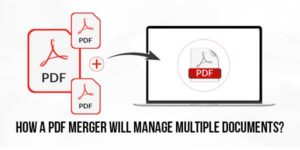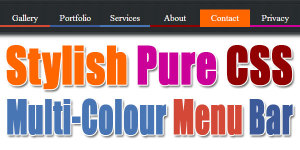
Choosing the right paper for your printing project is an important task. Your preferred choice can either make or break the overall presentation of any creative project you design like a poster, business card, brochure, letterhead, newsletter, or flyer. Most printing and paper companies will go out of their way to help you choose the right print paper for your next creative piece.
Before you even get to pick a paper you can work with, it’s in your best interest to understand what should be considered before you start your project. Here are some things to think through:
- What’s your final creative work? Is it a poster, magazine or business card?
- Are you considering the final product’s durability? An annual report will definitely need a more durable paper than a flyer.
- What are you conveying to the final user? Do you want a solid feel, a traditional product or something more unique and creative to impress?
- What’s the purpose of the paper? To showcase photos, print a textbook or present artwork?
Once you have answered these critical questions and evaluated them carefully, you can now look at these different tips on how to choose the right paper for your creative work.
Table of Contents
Finish: Coated Or Uncoated:
With an almost endless variety of colored, white, fibrous, speckled and parchment-like stock papers today, it’s important to familiarize yourself with the options you have. Print paper comes mostly in coated and uncoated finishes. Your choice is what will influence the look and feel of your final print work.
- Coated paper comes in various ranges of smoothness such as gloss, silk, matte and semi-matte. It works best because the printing ink doesn’t get absorbed. It remains at the top and that ensures brighter colors and gives the paper a glossy finish. This type of paper presents color images with greater crispness and clarity. Coated printing paper is best for:
- Photography and imagery
- Graphic illustrations
- Creative work that needs to ‘stand out’
- Uncoated paper, on the other hand, reflects less light and has a rough, natural feel to it. It’s great for everyday print work that has a lot of text. Uncoated paper is increasingly being used for creative designs like brochures and catalogs to produce a more specific and exclusive feel. Uncoated paper is mostly used for:
- Books and newspapers
- Magazines
- Reports

Purpose Of Your Printed Piece And Its Lifespan:
Carefully consider the sole purpose of your creative work and life span so as to choose the right paper stock. If for instance, you are creating a business catalog or an annual report, these will require a heavier and more durable print paper. This is unlike pieces like flyers or posters that may not be around for long. It might seem an obvious consideration, but taking your time thinking through the right paper options for your next print piece is critical.
Color And Brightness:
Colors always have a way of bringing out creative work in its best form. Even when working with white paper, you still have a range of options from cool to warm shades. Your choice of color depends on what type of final print work you want.
Brightness should also be considered, as it largely influences readability, how ink colors are perceived and the overall contrast between light and dark hues. Your color and brightness choices should be based on how you want your printed texts and images to appear.
Weight And Thickness:
Depending on your end product and usage, the weight and thickness of your paper stock may vary. Normally, the more the paper weighs, the thicker and stiffer it will be. The required finish should dictate your choice as well as the amount of ink to be used on the paper.
While there are no specific rules for paper density, here’s a quick guide to stock weight and usage:
- 35-55 gsm – Standard print work like stationery, text for booklets and newspapers. Effective for many pages.
- 90-130 gsm – Good for magazine pages and standard flyers
- 130-170 gsm – Standard weight for quality flyers, catalogs and posters that will last a while
- 170-300 gsm – Suitable for most corporate or business printing like brochures, wide format posters, booklet and magazine covers.
- 340-400 gsm – Perfect for all types of cards like business cards
Printing Process:
Post processing will determine which paper you’ll use. You must consider the printing process you will use for your print job. If you are planning for specialty printing processes like foil stamping, embossing or letterpress, your paper choice has to be the right one for your printing technique. Whether you opt for digital, specialty or offset printing, you have to choose the right paper for the printing process.
What’s Next?
Talk to experienced printing experts and get the right printing products for your creative pieces. A printing service will help you understand the features to look for in an appropriate paper for your printing projects and help you know what stocks are available. Getting the right print products will also ensure quality printing work that’s right for your brand. Depending on your printing needs, you can find a cheap toner or cartridge that best suits your project. For more information on custom printing needs, check out our blog on how digital technology is revolutionizing the industry here.


















It’s interesting that there are different weights and thicknesses of paper. I need to print some flyers and I think some thicker more weather resistant paper could be helpful although I didn’t know how customizable the paper really is. It’s something to remember to ensure they can last a long time whether they’re left outside or brought in immediately.
Welcome here and thanks for reading our article and sharing your view.